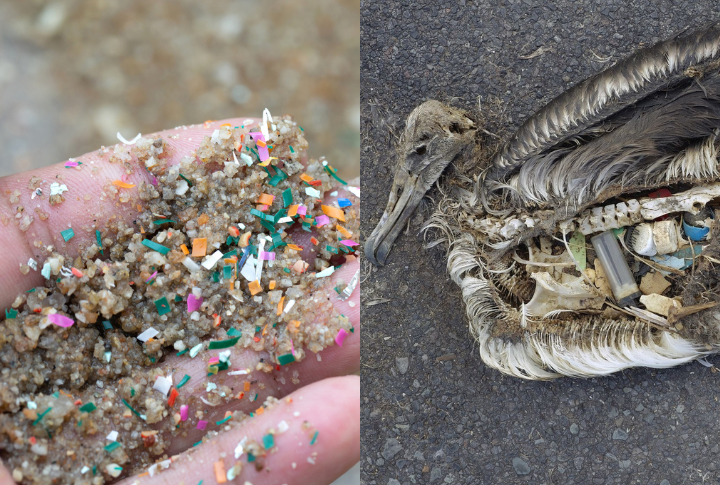
It’s hard to avoid plastic these days. From packaging to everyday products, it is everywhere. But what if I told you that something even smaller, almost invisible, is causing a massive stir in the scientific community? These minuscule particles raise big questions about their impact on our health and the environment. Swipe on to find out more about these tiny troublemakers.
What are Microplastics?

A microplastic is a piece of plastic less than five millimeters in size. It comes from various sources, such as weathered plastic items that break down, synthetic clothing fibers that shed during washing, tire wear particles from vehicles, cosmetic products, etc. These particles have become pervasive in our modern world, contaminating even the planet’s most remote and untouched areas.
Pathways into the Environment

Some of the most common ways microplastics enter the environment are wastewater from households and industries, stormwater runoff carrying microplastics from urban areas, atmospheric transport via air currents, and more. Scientists have found them in oceans, freshwater ecosystems, agricultural lands, Arctic sea ice, air, drinking water, and also in our bodies.
Persistence and Accumulation
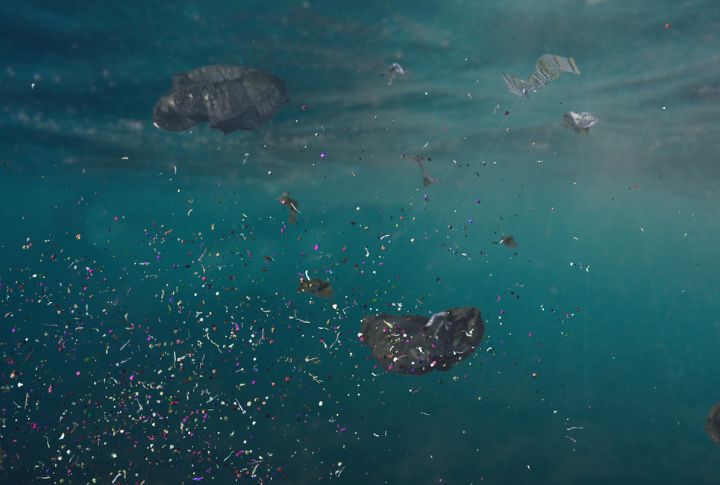
Microplastics accumulate in the environment over time. They are made from synthetic polymers resistant to degradation by microorganisms, sunlight, and other environmental factors. This chemical stability allows them to persist in the environment for years or even decades. Moreover, as they persist in the environment, they can accumulate in various ecosystems, leading to a buildup of plastic pollution over time.
Potential Health Impacts
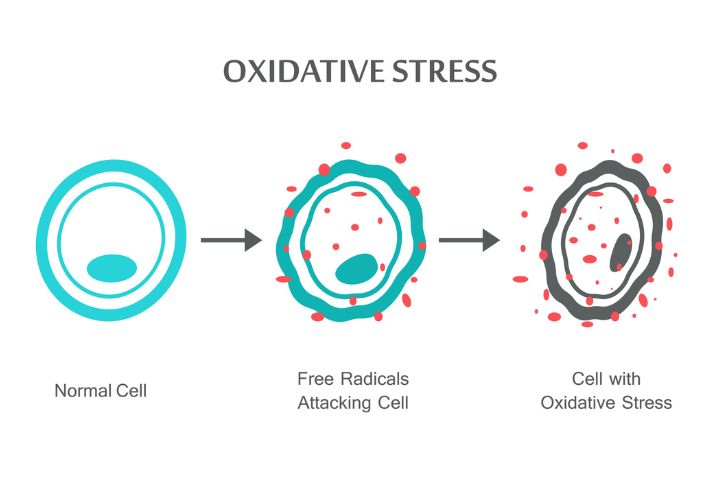
Microplastics in the environment and their ingestion raise concerns about the health risks they may pose. For example, exposure to microplastics can lead to oxidative stress and inflammation in multiple organs and tissues. Microplastics have also been found in the lungs, liver, and kidneys, leading to organ dysfunction.
Microplastics in the Food Chain

Research has detected the presence of microplastics in a wide range of food items, including seafood, table salt, drinking water, and even packaged meats. Marine organisms, such as fish, shellfish, and crustaceans, are particularly vulnerable to microplastic ingestion due to direct exposure.
Microplastics and Climate Change
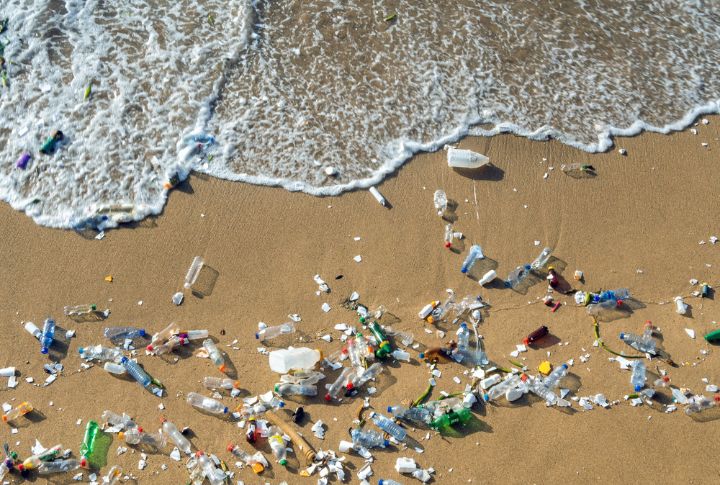
Methane and ethylene are among the greenhouse gases that plastics emit throughout their life cycle. As microplastics break down in the environment, they can continue to release these gases, contributing to global warming. Microplastics in the oceans can interfere with phytoplankton’s ability to perform photosynthesis and sequester carbon dioxide. This “blue carbon” ecosystem disruption reduces the ocean’s capacity to mitigate climate change.
Microplastics in the Arctic and Terrestrial Ecosystems
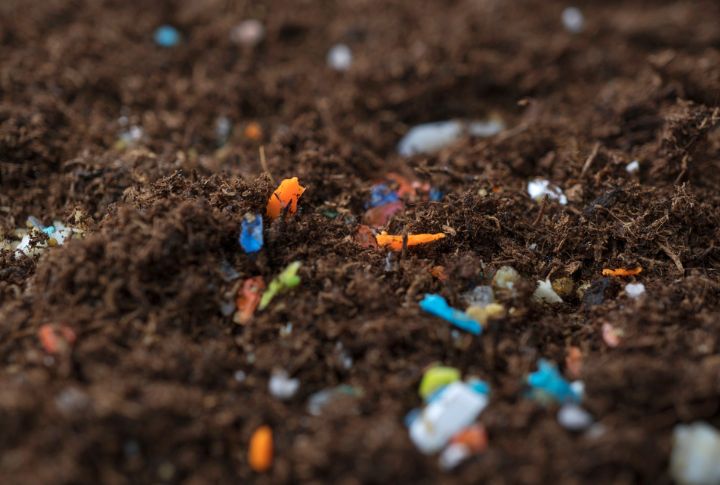
Microplastics have been found in sea ice, sediments, and marine organisms, even in the remote and pristine Arctic region, highlighting the global scale of the dangers. They have also been found in agricultural soils, which can potentially impact soil organisms and plant growth.
Airborne Microplastics

These particles can be transported long distances through the atmosphere, potentially contributing to their widespread distribution. Flat microplastic fibers appear to spend more time in the lower atmosphere than other shapes. They can potentially disrupt food webs and impact the survival and reproduction of many species.
Tackling Microplastic Pollution

One of the most direct actions taken to reduce microplastic pollution has been banning intentionally added microbeads in personal care products. Moreover, wastewater treatment plants are crucial in intercepting microplastics before they can be released into the environment. Another promising solution is developing and adopting biodegradable and bio-based plastic alternatives.
The Future

As our understanding of microplastics and their impact grows, it is clear that urgent action is needed to address this global problem. Continued research, policy changes, and individual efforts will be crucial in mitigating the threat of microplastics on our planet and protecting it for future generations.


Comments
Loading…